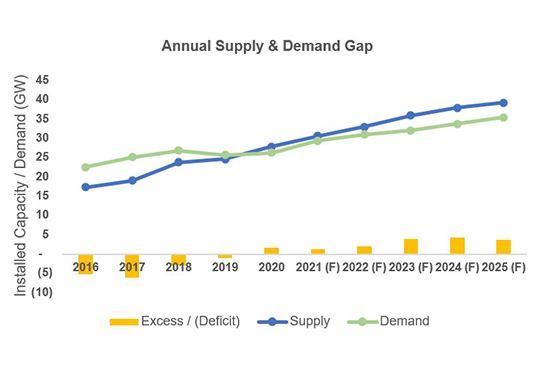structure of energy sector
A number of public and private sector entities operate in the power sector in Pakistan. Generation is provided by WAPDA (hydel power), four public sector generation companies (GENCOs) and a number of Independent Power Producers (IPPs). Power is purchased by the Central Power Purchasing Authority Guarantee Limited (CPPA(G)L). The transmission system in Pakistan is run by a public sector entity, National Transmission and Despatch Company Limited (NTDCL), which provides the generated electricity to regional, public sector, distribution companies (DISCOs) which are then responsible for connecting to the end-consumer. Operation of the sector as a whole is overseen by the National Electric Power Regulatory Authority (NEPRA), with a mandate to ensure fairness and transparency among all entities.



